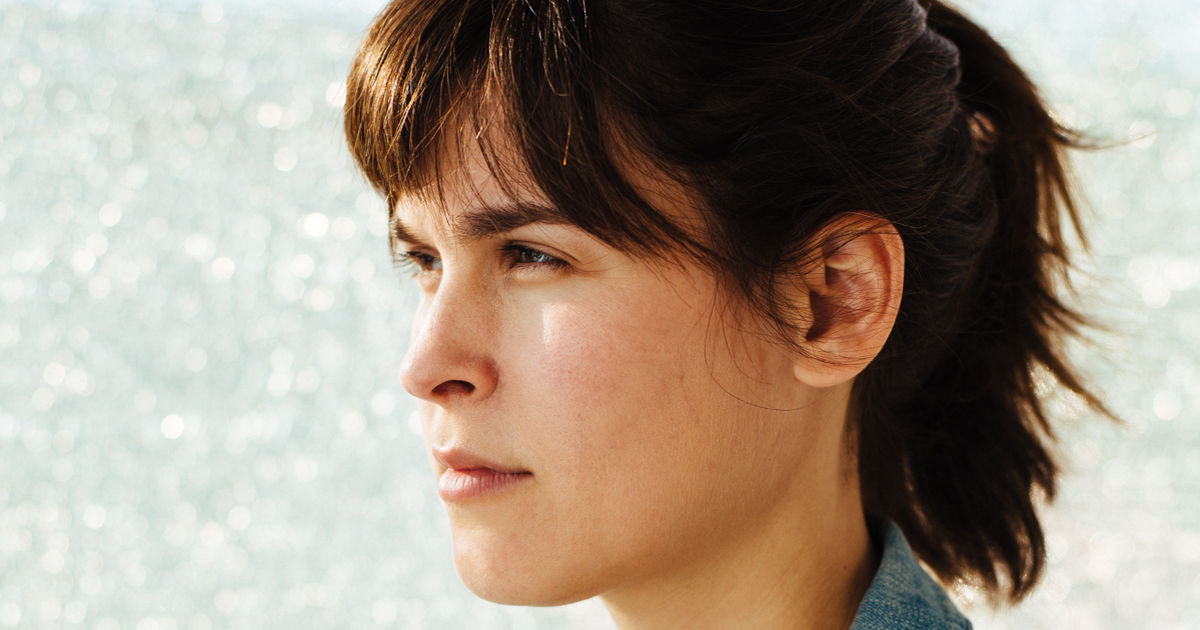)
Empathy, emotions, and editing
Editor Zoe Schack, of Final Cut, explains how empathy impacts all of her work, and why trusting her feelings while sorting through footage is just as important as finding the right story to tell.
When I’m editing, I don’t always think in words. I’ve learned that the more I root myself in my emotions, the better an editor I become.
Tuning into my body’s responses and paying attention to my instincts has guided my decision making throughout my editing career. In my experience, emotion is at the heart of an editor’s craft. While editing is technical, the process is not a means in and of itself. The real goal is to tell a story effectively—to create a resonant experience for the viewer.
If an editor has done a good job, you don’t see the edits—only the story.
This idea began to crystalize for me when I worked on Beastie Boys Story with director Spike Jonze and editor Jeff Buchanan. I was lucky enough to be at the rehearsals for the live shows where Spike always asked Ad-Rock and Mike D how they felt. What did they remember feeling during the experiences they were recounting? Throughout the show you could see all the ups and downs they lived through, both individually and together as a band.
When Mike D shared the excitement he felt the first time he met Adam Yauch (MCA) at a Bad Brains concert, realizing he’d found a like-minded soul, I could feel the genuine love he had for his friend. Spike’s simple question, “How did it make you feel?” brought out the rawest parts of their shared past for us to witness.
In the edit bay, Jeff and I knew we had to carefully craft each moment to fully represent the emotional story of the band. Working with footage from three shows and six cameras, we endeavored to find the most impactful performances and angles to best land each emotional beat.
The real goal is to tell a story effectively—to create a resonant experience for the viewer.
For example, when Ad-Rock spoke about his need for escape during a difficult period with the band following the loss of his mother, we made sure to stay on him and not cut away as we did in other parts of the show. Holding on him as he talked about his low point and subsequent transformation felt like the most honest way to respect Ad-Rock’s experience.
Conveying empathy for others is, to me, one of the most important aspects of storytelling. At its best, a film or spot can show a viewer something that helps them process what is going on in their own life. We all need to be reminded that we are not alone in our experiences.
No matter how much I love any moment, I have to remember that nothing is more important than the overall story.
When cutting a trailer, such as for the South African film, Vaya, my goal is to distill the film into its essence. In order to do this, I ask myself: what is most compelling about this story to me? It goes back to checking in with my emotions. In Vaya I felt the despair of having your hopes and dreams dashed by a cruel reality and used these feelings to guide my selection of shots and moments for the trailer.
One of my favorite parts of the process is collaborating with the director. While going through takes on a recent commercial, the director laughed because my facial expressions were changing so dramatically as I watched the different performances. It may look ridiculous, but I’m in it.
If an editor has done a good job, you don’t see the edits—only the story. Each film needs to flow. Anytime I feel a bump, I stop to see if I can figure out what’s wrong. It could be that a few frames need to be trimmed to help the rhythm. Perhaps a take needs to be replaced for one that feels more real. Sometimes a shot, or even a scene, needs to be cut entirely. No matter how much I love any moment, I have to remember that nothing is more important than the overall story.
We all need to be reminded that we are not alone in our experiences.
There is a meditation practice I learned from Sharon Salzberg at the Tibet House in New York called “In Loving Kindness,” where you wish well for yourself, for the people you love, and for all beings everywhere. The toughest part of the practice, though, is wishing well for someone with whom you experience difficulty. Uncomfortable as it is, it encourages me to remember that I can’t know everything about someone else’s experience or what they might be going through. When applied to editing, this exercise hopefully translates to more honest and three-dimensional work.
Conveying empathy for others is, to me, one of the most important aspects of storytelling.
Humans are inherently complex and can be contradictory in all sorts of ways. Watching a character’s messiness and vulnerability on screen, seeing their struggle and transformation can help us to understand ourselves and the world around us better. In my experience, staying connected to my emotions and maintaining empathy is fundamental to everything I do.
)




 + membership
+ membership








